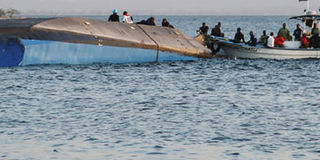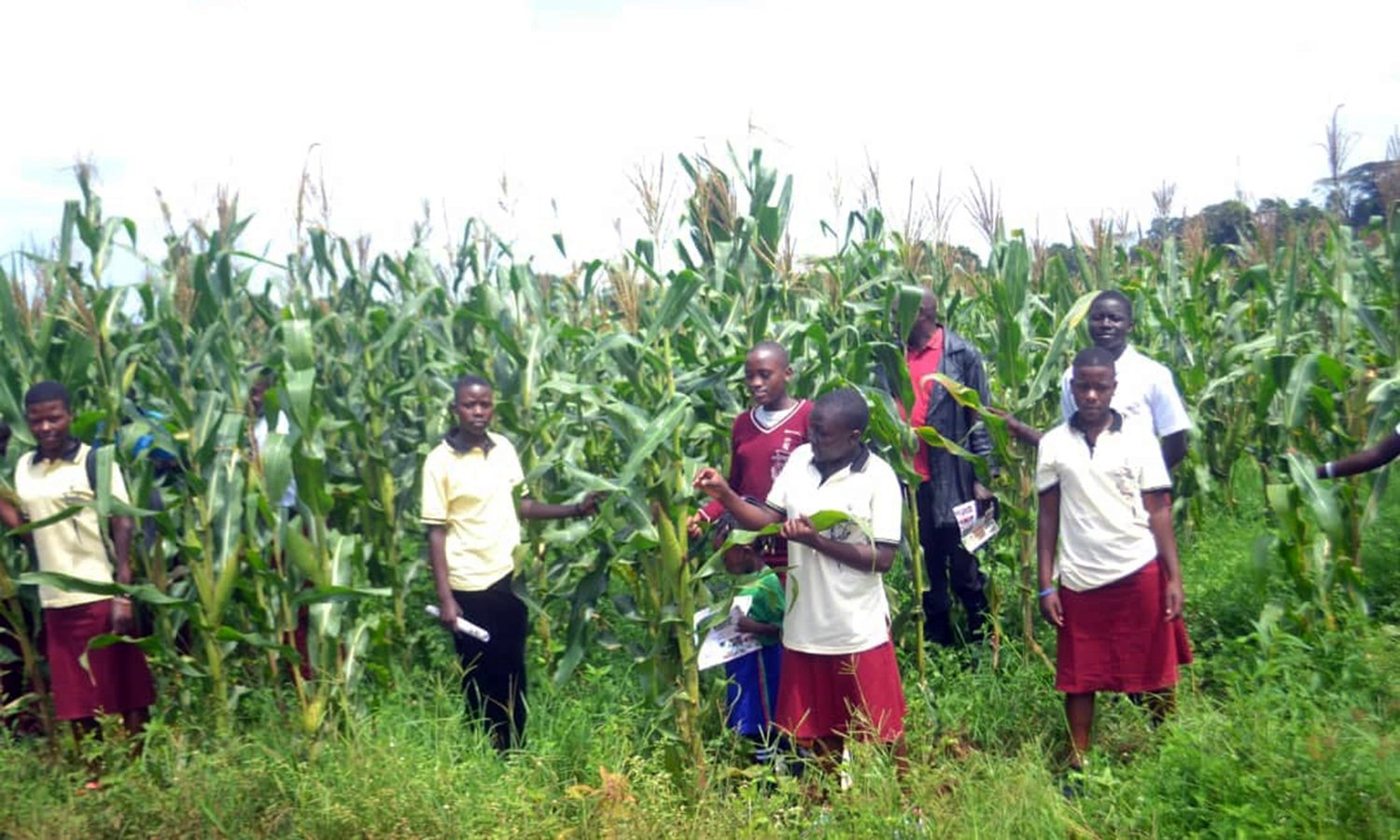Tanzania ferry disaster exposes toothless maritime laws

Rescue workers try to find survivors in the sunken ferry.
What you need to know:
In Tanzania, the improvement of Bukoba, Mwanza, Kemondo and Ukerewe jetties are among the projects set to be submitted to the World Bank in December this year for financing.
With the death toll from Thursday's ferry disaster in Tanzania rising to over 170 people, it has emerged Lake Victoria will continue to be a death bed for the riparian communities as long as maritime laws cannot be enforced.
One of the laws is the Lake Victoria Transport Act, 2007, that was initiated by the East African Community (EAC). It came into force in January 2008 but not been fully applied.
The Act was brought in to improve safety on the giant lake shared by Tanzania, Uganda and Kenya and which is prone to some of the world's major maritime disasters.
"The problem has been applicability of the Act to the different types of vessels depending on their make, age and types of cargo they carry and action against non-complying states ", a recent study indicates.
The situation has equally not been rosy for the national laws of Kenya, Uganda and Tanzania which have not been effective enough to contain the situation.
Both Kenya and Tanzania have similar laws, the Merchant Shipping Acts while for Uganda, the most prominent are the Ferries Act and the Inland Water Transport Act, among others.
Despite being frequented by major disasters, marine transport within the giant lake (69,000 square km) is still the most preferred mode of transport for people and cargo because it is cheap.
Besides overloading, accidents have been attributed to old vessels, incompetent and unqualified crew, poor technical staff, absence of life jackets, outdated navigational charts and absence of navigational aids.
A study by Oslo University in Sweden in 2011 indicated that an estimated 5,000 people drown annually in the lake and its estuaries as a result of maritime accidents.
Efforts by EAC to enhance safety appear to be far from successful even with the establishment of a Regional Maritime Rescue Communication Centre in Mwanza and sub-stations in Kisumu and Entebbe.
Until Friday, the EAC and its organs in Arusha have not released a statement about the most deadly disaster seen in the lake in over 30 years.
However, some officials say marine safety in the shared water body has been their long time concern, citing the donor-supported Lake Victoria Transport Programme.
In Tanzania, the improvement of Bukoba, Mwanza, Kemondo and Ukerewe jetties are among the projects set to be submitted to the World Bank in December this year for financing.
Ukerewe,an island district south east of Lake Victoria in Mwanza region, where the disaster happened.
170 bodies have been retrieved from the lake amid reports that the ill-fated vessel was overloaded with up to 400 passengers, 100 bags of maize and a lorry full of iron bars, among other luggage.



